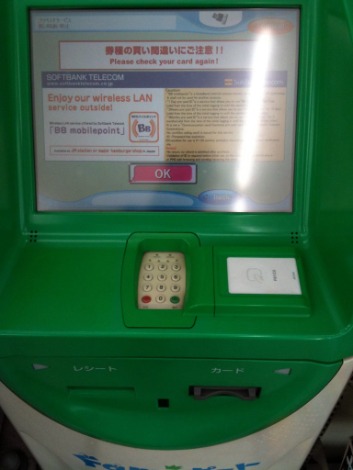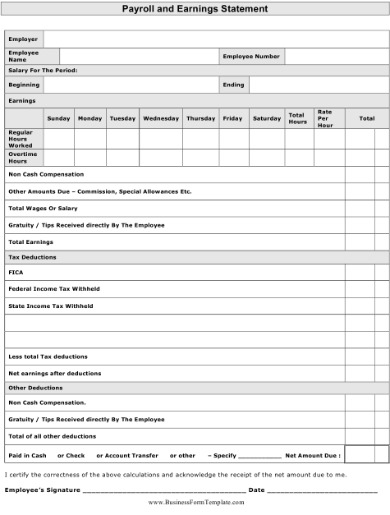How To Do A Bank Reconciliation: Step By Step
What is a Ledger in Accounting? Is There a Difference with a Journal and a Ledger?
September 6, 2021Играй На Официальном Зеркале
July 21, 2022How To Do A Bank Reconciliation: Step By Step

Whatever method you prefer, it’s important to keep solid records of every transaction to reconcile your bank account properly. Book transactions are transactions that have been recorded on your books but haven’t cleared the bank. As a normal balance of accounts small business, you may find yourself paying vendors and creditors by issuing check payments. If you use accounting software, then your reconciliation is done largely for you. However, as a business owner, it’s important to understand the reconciliation process.
Deposits in Transit
At Finance Strategists, we partner with financial experts to ensure the accuracy of our financial content. The articles and research support materials available on this site are educational and are not intended to be investment or tax advice. All such information is provided solely for convenience purposes only and all users thereof should be guided accordingly.
Maintaining accurate financial records makes it easier to organize your taxes when it comes time to file. Regular bank reconciliation saves you from having to review a full year of financial records—instead, you can quickly consult your reconciliation statements to review any required information. Greg adds the $11,500 of deposits in transit to his bank statement balance, bringing him to $99,500. He also subtracts the $500 in bank fees from his financial statement balance, bringing him to $99,500 and balancing the two accounts. The more frequently you do a bank reconciliation, the easier it is to catch any errors.
Bank Reconciliation Process Flow
- After adjusting all the above items what you’ll get is the adjusted balance of the cash book.
- The statement itemizes the cash and other deposits made into the checking account of the business, as well as any expenses paid by the business.
- However, as a business owner, it’s important to understand the reconciliation process.
- NSF checks are an item to be reconciled when preparing the bank reconciliation statement, because when you deposit a check, often it has already been cleared by the bank.
- Whereas, credit balance as the cash book indicates an overdraft or the excess amount withdrawn from your bank account over the amount deposited.
Companies prepare bank reconciliation statements as a comprehensive accounting comparison tool. A company can ensure that all payments have been processed accurately by comparing their internal financial records against their bank account balance. Bank reconciliation statements are also important for alerting a company in case of fraud or error. To be effective, a bank reconciliation statement should include all transactions that impact a company’s financial accounts.
This account balance is the figure obtained when the company adds and deducts the amounts to and from its finances while reconciling items. This reconciliation of the company records is done in another additional column added, which is then available for further adjustments. These further adjustments are made when the data is compared with the account balances depicted in the bank statements. Reconciling your bank account should be done monthly to catch discrepancies early and keep financial records accurate. Businesses with high volume of transactions must reconcile their bank statements weekly or daily to manage cash flow efficiently. Reconciliation of bank statements is the process of comparing the transactions recorded in the company’s accounting records with the transactions listed on the bank statement.
How Often Should You Reconcile Your Bank Account?
Regularly reconciling your bank statements helps businesses detect potential issues with their financial recording system, making it easier to rectify those problems quickly. This can range from one-off errors such as calculation mistakes or double payments to major concerns like theft and fraud. A bank reconciliation statement is a document that is created by the bank and must be used to record all changes between your bank account and your accounting records. It shows what transactions have cleared on your statement with the corresponding transaction listed in your journal.

These outstanding deposits must be deducted from the balance, as per the cash book, in the bank reconciliation statement. First, make sure that all of the deposits listed on your bank statement are recorded in your personal record. You should perform differences between ebitda and operating cash flow monthly bank reconciliations so you can better manage your cash flow and understand your true cash position.
Where there are discrepancies, companies can identify and correct the source of the difference between calendar year and fiscal year for business taxes errors. Interest is automatically deposited into a bank account after a certain period of time. So the company’s accountant prepares an entry increasing the cash currently shown in the financial records. After adjustments are made, the book balance should equal the ending balance of the bank account. A bank reconciliation statement can help you identify differences between your company’s bank and book balances.
Bank charges are service charges and fees deducted for the bank’s processing of the business’s checking account activity. If you’ve earned any interest on your bank account balance, it must be added to the cash account. By comparing your company’s internal accounting records to your bank statement balance, you can confirm that your records are accurate and analyze the reasons behind any potential discrepancies.
The goal of bank account reconciliation is to ensure your records align with the bank’s records. This is accomplished by scanning the two sets of records and looking for discrepancies. If you find any errors or omissions, determine what happened to cause the differences and work to fix them in your records. It’s important to perform a bank reconciliation periodically to identify fraudulent activities or bookkeeping and accounting errors.
